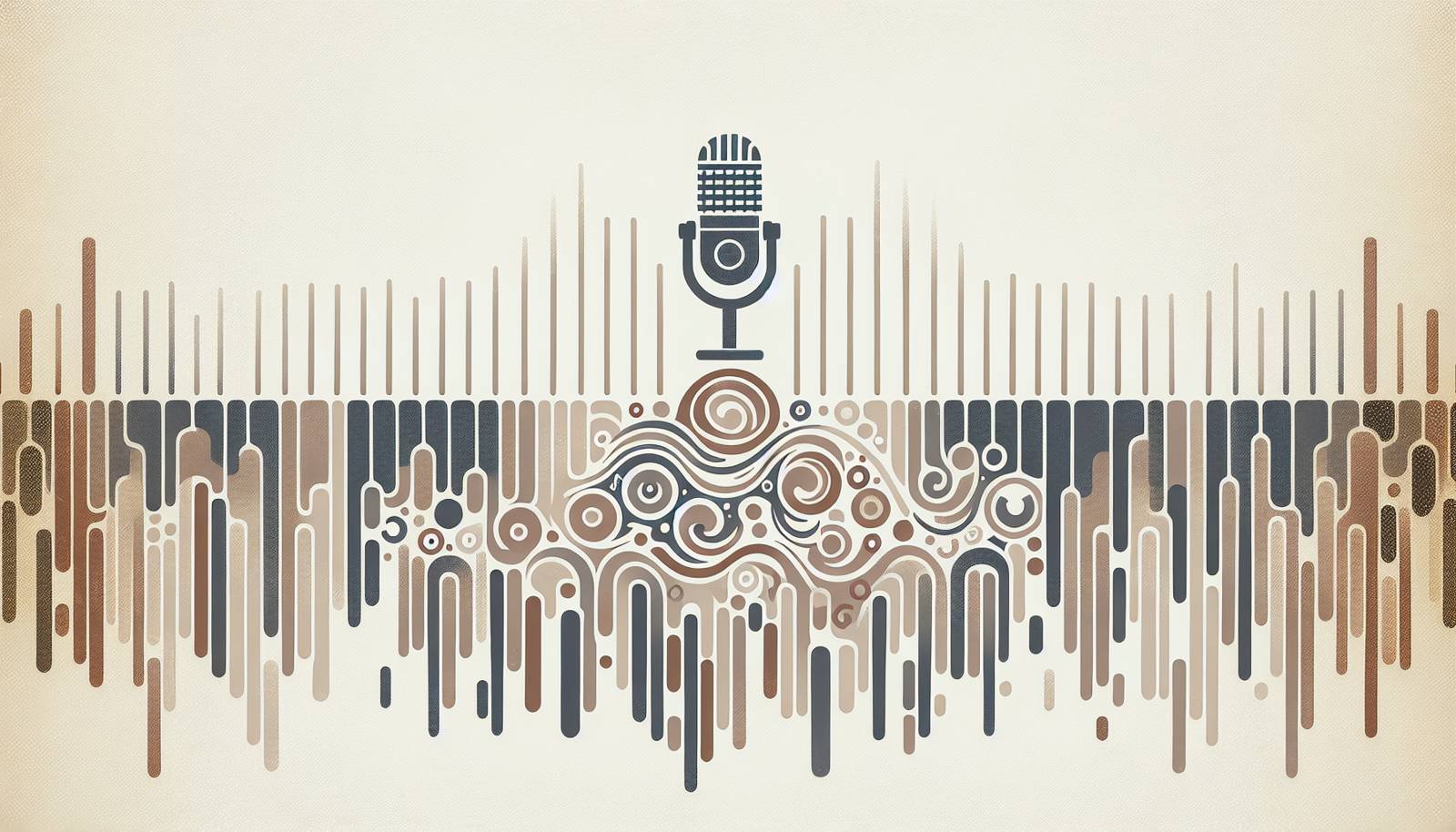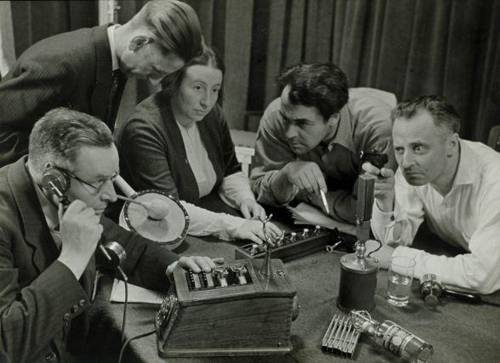
FAQ About The Impact of Radio Dramas on Podcasting

What are radio dramas?
Radio dramas, also known as audio dramas or radio plays, are a form of storytelling broadcast over the radio. They typically involve dialogue, music, and sound effects to convey a narrative to listeners without the use of visual elements. Originating in the early 20th century, radio dramas were a popular form of entertainment that captivated audiences by stimulating the imagination through sound alone.

How have radio dramas influenced modern podcasts?
Radio dramas have significantly influenced modern podcasts by shaping their narrative techniques and storytelling structures. Many podcasts, especially those in the drama or storytelling genres, employ similar sound design elements—such as music, dialogue, and ambient sound—to create immersive audio experiences. The episodic nature of radio dramas has also inspired the serialized formats of many podcasts today.

What narrative techniques from radio dramas are used in podcasts?
Podcasts often adopt narrative techniques from radio dramas including the use of cliffhangers, rich character development, and layered soundscapes. These techniques are used to maintain listener engagement and to deliver compelling, suspenseful stories that keep audiences coming back for more.

Can you give examples of popular podcasts influenced by radio dramas?
Podcasts such as 'Welcome to Night Vale,' 'Limetown,' and 'The Truth' are examples that are heavily influenced by the style and production techniques of traditional radio dramas. These shows utilize immersive sound design, fictional storytelling, and episodic structures, reminiscent of classic radio plays.

When did radio dramas first become popular?
Radio dramas first rose to popularity in the 1920s and 1930s. They became a major form of entertainment during the Golden Age of Radio, which spanned the 1930s to the 1950s, offering a wide range of genres like mystery, horror, and comedy to a broad audience.

Why did radio dramas decline in popularity?
The decline of radio dramas occurred primarily due to the advent of television, which offered a new medium with visual storytelling capabilities. As television became more affordable and widely accessible, it overshadowed radio as the dominant form of home entertainment, leading to a decrease in radio drama production.

How do podcasts differ from traditional radio dramas?
While podcasts and radio dramas share similarities in storytelling techniques, they differ in several ways. Podcasts are typically more accessible and can be consumed on-demand, giving listeners the flexibility to engage with content whenever and wherever they choose. Additionally, podcasts often explore more diverse and niche subjects due to lower production and distribution barriers compared to traditional radio broadcasting.

What role did sound effects play in radio dramas?
Sound effects were crucial in radio dramas for creating a sense of place and enhancing the storytelling. They helped convey actions, emotions, and environments, allowing listeners to visualize scenes in their imaginations despite the lack of visual components. Podcasts continue to use sound effects in a similar manner to enrich listener experiences.

Did radio dramas have an influence on podcast genres?
Yes, radio dramas influenced various podcast genres, especially those focused on fictional and narrative storytelling. Genres like mystery, thriller, and horror in podcasts often draw inspiration from radio dramas, utilizing suspenseful plots and atmospheric sound design pioneered by their predecessors.

How do podcasts use episodic storytelling?
Podcasts use episodic storytelling by dividing their narratives into segments or episodes, each advancing the plot or developing characters further. This format allows creators to build suspense, develop complex storylines, or explore different aspects of a theme over multiple installments, similar to the serialized format of radio dramas.
